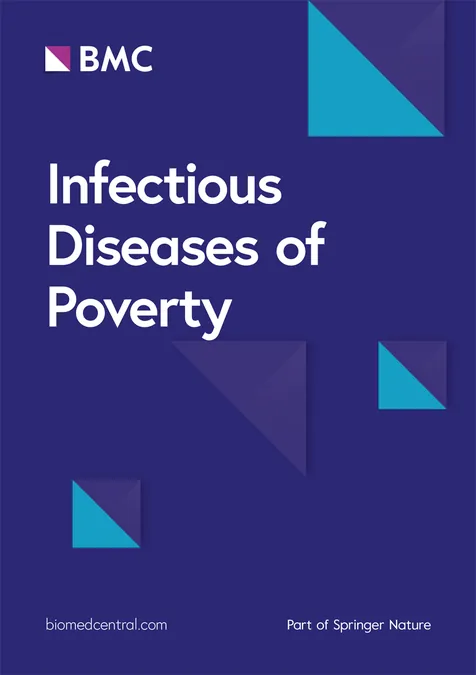
Understanding Infective Endocarditis Among the Homeless: What You Need to Know
2025-06-13
Author: Ming
The Untold Struggles of Homeless Individuals with Infective Endocarditis
Infective endocarditis (IE) is a serious infection impacting the heart's inner lining, leading to severe health consequences and even death. Standard care requires extended antibiotic treatment, but those without stable housing face unique challenges that complicate their care. A recent study from Burlington, Vermont, sheds light on the stark differences in IE cases between homeless individuals and their housed counterparts.
A Closer Look at the Study
Between 2010 and 2020, researchers analyzed the medical records of 378 patients diagnosed with IE, distinguishing between 30 who were homeless and 348 who had stable housing. The study aimed to highlight the clinical features and outcomes of infected individuals in these two cohorts.
Key Findings: Who's at Risk?
Findings revealed alarming trends among the homeless group. They were significantly younger, with a median age of 35.9 compared to 59.8 in the housed cohort. A higher prevalence of right-sided IE caused by methicillin-resistant Staphylococcus aureus (MRSA) was evident among the unhoused. About 50% of individuals in this group had right-sided infections, marking a stark contrast to only 21.6% in the general population.
Surprisingly Similar Outcomes
Despite these concerning symptoms, the outcomes for both groups were strikingly similar. Mortality rates at 30, 90, and 365 days were not significantly different. Although these findings might seem counterintuitive, they suggest that homelessness, while undeniably a barrier, may not be the sole determinant of poor health outcomes in IE patients.
The Impact of the Opioid Crisis on IE Incidence
The study highlights an urgent issue: the rising incidence of infective endocarditis in the U.S., which has surged dramatically in recent years. Factors such as increased drug use and the opioid crisis directly contribute to higher rates among both the homeless and the general population. Over 500,000 individuals face homelessness daily, many of whom grapple with substance abuse, further complicating their healthcare crisis.
The Need for Better Healthcare Access
Importantly, while the study showed no significant difference in mortality or hospital readmission rates between the groups, it did reveal that homeless patients faced more behavioral challenges during hospitalization. These include increased rates of patient-directed discharges and behavioral concerns potentially driven by stigma and inadequate access to services.
A Call to Action
This study calls for more comprehensive research focused on homeless populations to better understand the factors leading to their health disparities. Moving forward, it's crucial to dismantle the stigma surrounding homelessness and improve healthcare access to ensure all patients, regardless of housing status, receive the quality care they deserve.
Conclusion: Every Life Matters
Homeless individuals encountering infective endocarditis represent a vulnerable, yet often overlooked, group within our society. Addressing the complexities of their healthcare needs is paramount, as it not only saves lives but also reflects our commitment to compassion and equity in healthcare.



 Brasil (PT)
Brasil (PT)
 Canada (EN)
Canada (EN)
 Chile (ES)
Chile (ES)
 Česko (CS)
Česko (CS)
 대한민국 (KO)
대한민국 (KO)
 España (ES)
España (ES)
 France (FR)
France (FR)
 Hong Kong (EN)
Hong Kong (EN)
 Italia (IT)
Italia (IT)
 日本 (JA)
日本 (JA)
 Magyarország (HU)
Magyarország (HU)
 Norge (NO)
Norge (NO)
 Polska (PL)
Polska (PL)
 Schweiz (DE)
Schweiz (DE)
 Singapore (EN)
Singapore (EN)
 Sverige (SV)
Sverige (SV)
 Suomi (FI)
Suomi (FI)
 Türkiye (TR)
Türkiye (TR)
 الإمارات العربية المتحدة (AR)
الإمارات العربية المتحدة (AR)